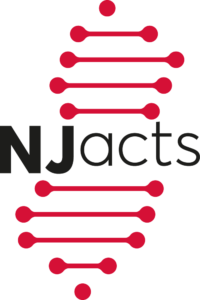 Please read Dr. Chan’s article in the Journal of Virological Methods titled, “Optimized formulation buffer preserves adeno-associated virus-9 infectivity after 4°C storage and freeze/thawing cycling.“
Please read Dr. Chan’s article in the Journal of Virological Methods titled, “Optimized formulation buffer preserves adeno-associated virus-9 infectivity after 4°C storage and freeze/thawing cycling.“
In recent years adeno-associated virus (AAV) vectors have been successfully used for gene transfer. It was first discovered in the 1960’s and since then there have been significant improvements on its design, gene expression, and in vivo and in vitro applications. AAVs are part of the Parvoviridae family and are non-enveloped viruses composed of single strands of DNA, encapsulated in small, ~25 nm, icosahedral protein capsids. AAV production is increased when using a helper-free system in which three plasmids are co-transfected in mammalian HEK 293 cells. These plasmids consist of 1) a transgene with a gene promoter, polyA sequences and flanking inverted terminal repeats (ITRs) that function as the origin of replication, 2) contain the rep and cap genes that are involved in the assembly of the virus, and 3) composed of adenoviral helper genes required for AAV replication. To read the full article.
Optimized formulation buffer preserves adeno-associated virus-9 infectivity after 4 °C storage and freeze/thawing cycling. Chan A, Maturana CJ, Engel EA. J Virol Methods. 2022 Nov;309:114598. PMID: 35940276 DOI: 1016/j.jviromet.2022.114598 Epub 2022 Aug 5.
